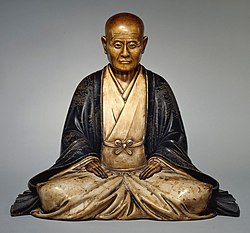Middle class
The Middle class describes people who are not aristocrats/upper class nor working class or underclass but have a fair standard of living. Depending on class model used, the middle class may make up anywhere from 45% to 49% of households in the United States. They generally make up the largest group or the majority of the population in developed countries. In developing countries, the middle class, generally makes up a much smaller percentage of the population. There is a lower middle class and an upper middle class. In Marxism, middle class is the class below the upper class, who is the ruling class. The word bourgeoisie may also be used as a synonym of middle class.
It may be defined by the jobs people do, or by how much they earn. In the United Kingdom median disposable household income in 2022 was just under £33,000. Many businesses target middle class people. The top 20% of UK householders are responsible for 40% of consumer spending.[1]
Middle Class Media
Global shareholders of wealth by wealth group, a 2021 graph by Credit Suisse
Sculpture of a chōnin, a middle class of mainly merchants that emerged in Japan during the Edo period. Early 18th century.
Related pages
References
- ↑ Onita, Laura (2023-08-14). "How the middle-class consumer is adapting to rising living costs". Financial Times. https://www.ft.com/content/9e7dde14-f2d4-42db-acca-8802c96066bc?. Retrieved 2023-08-14.

